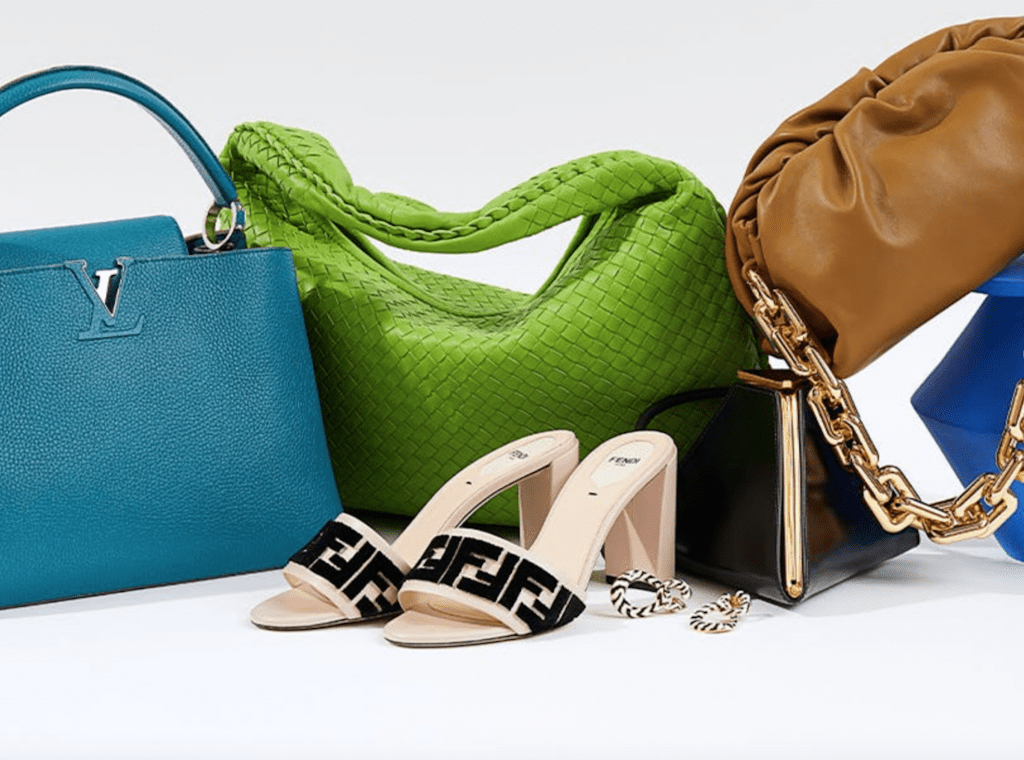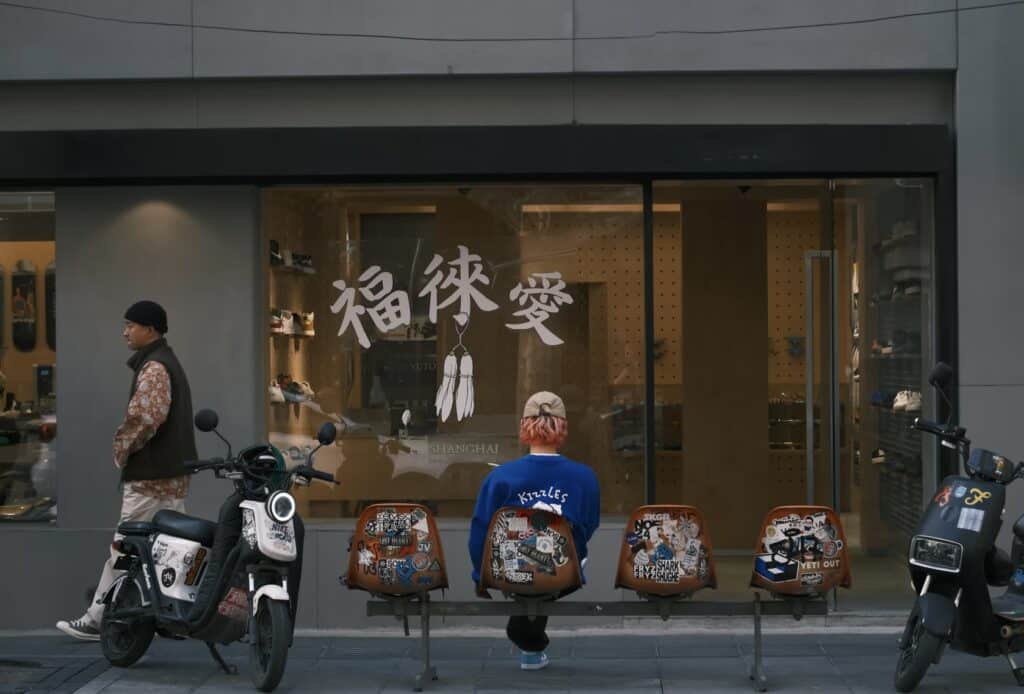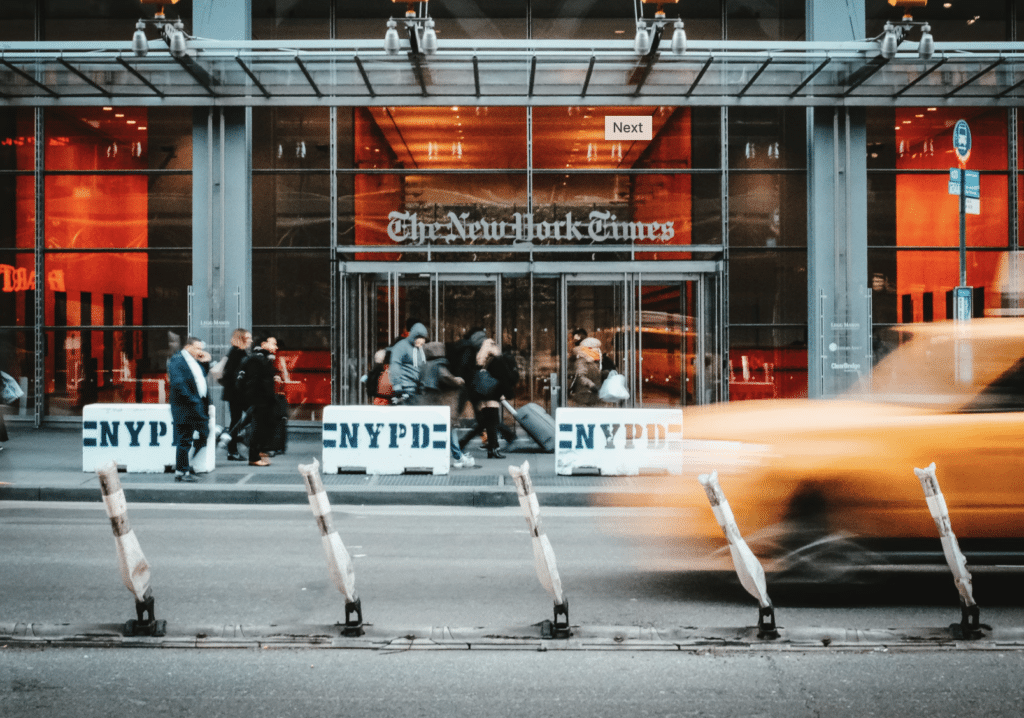A recent decision from the Court of Justice of the European Union provided a win for Ferrari that could have significant implications for other luxury brands, including those in the fashion space. On the heels of a loss before the Düsseldorf Regional Court after German toy manufacturer Autec successfully challenged the validity of Ferrari’s Testarossa trademark on the basis of non-use, the CJEU determined that Ferrari has not manufactured new models of its famed Testarossa since the 1990s, but it may still maintain trademark rights in the name.
One of the most interesting questions the CJEU was tasked with determining after Ferrari appealed the regional’s decision to the Düsseldorf Higher Regional Court, which then sought guidance from the CJEU, was whether the sale of trademark-bearing goods by a brand that it had previously released into the relevant market (i.e., pre-owned products) constitutes “genuine use” of the trademark. On this point, the CJEU’s panel of judges said yes, holding that the resale of goods by a trademark owner can constitute “genuine use,” even if those rights would have otherwise been exhausted as a result of the initial sale. (Much like the first sale doctrine, trademark exhaustion generally prevents a trademark holder from taking action against another for reselling a trademark-bearing item after that item has been put into the market/sold by the trademark owner).
Use is an issue in the case as European Union trademark law maintains that use of a registered EU trademark must not be interrupted for over 5 years. Yet, that is precisely what Ferrari did when it stopped making new Testarossa models in 1996, Aztec argued.
With the foregoing in mind, of particular significance for Ferrari before the CJEU was the fact that while it may not make new Testarossas anymore, it is in the business if issuing certificates of authenticity – as well as providing parts/services – for used Testarossa models by way of its Ferrari Classiche “restoration and certification department.” Additionally, the automaker offers pre-owned vehicles, including Testarossas, for sale by way of official partnerships with dealers.
The lower court previously determined that the $20,000 in Testarossa parts that Ferrari sold between 2011 and 2017 (presumably just in the region at issue, i.e., the EU) does not amount to “genuine use” of the Testarossa mark. However, the CJEU disagreed, holding that “despite the relatively low number of product units sold under the trademark concerned, the use [that] has been made of the mark has not been token.” Instead, the court stated that it “constitutes use of that mark in accordance with its essential function,” which is to “guarantee the identity of the origin of the goods or services for which [the mark] is registered.” In this case, the marks are registered for use in connection with “vehicles and their parts.”
As for the low sales figure, counsel for Ferrari argued that it is due to the fact that there are only roughly 7,000 Testarossa models currently in existence, and few are in regular use.
The CJEU further asserted that “the resale of a second-hand product bearing a trademark” does not, on its face, translate to “genuine use” of that mark. However, the judges held, in Ferrari’s favor, that if the trademark holder “actually uses the mark, in accordance with its essential function … when reselling second-hand goods, such use is capable of constituting ‘genuine use.’”
Implications for Luxury Brands
The decision of the CJEU, which is still subject to “verification” by the Düsseldorf Court, “is particularly relevant to the automotive sector” given the rate at which automakers manufacture limited edition models,” according to Stevens & Bolton LLP attorneys Tom Collins and Amelia Talfourd-Cook. At the same time, though, they assert that the “relatively low threshold needed to demonstrate ‘genuine use’” may also be applicable to luxury brands more broadly, should brands offer up second-hand goods and/or services in connection with pre-existing products that they have already sold.
Given the growing number of brands that are toying with, and in some cases, actually introducing second-hand goods as part of in-house initiatives, the court’s decision is anything but insignificant, especially given the recurring practice among luxury brands of relaunching older models to entice new and/or nostalgic consumers; Gucci’s recent reintroduction of its Jackie 1961 bag and Dior’s re-release of its Saddle bag before that both come to mind, as does the reintroduction of traditional pre-blanding branding elements, such as Valentino’s “V” logo, which has popped up on no shortage of handbags and other accessories as of late, and Saint Laurent’s “Yves Saint Laurent” stylized mark, which has taken something of a backseat since Hedi Slimane’s tenure.
Gaining enduring rights in/protection for word marks for style names, but maybe more importantly, trade dress for bag designs, themselves, even after brands have stopping making/selling new versions of the bags, assuming that brands can show continued “genuine” use will likely be “welcomed by luxury brands in general, whose iconic goods typically remain in circulation long after production stops,” says RPC attorneys Alessandro Cerri, Daniel Richards and Sarah Mountain. This is increasingly true as a result of the rise of the resale market, but more importantly, the slow but possibly-very-steady introduction of in-house resale services by brands.
Over the past few years, a small handful of brands have brought resale operations in house. Richemont, for instance, the Swiss conglomerate that owns Baume & Mercier, Cartier, IWC Schaffhausen, Officine Panerai, and Piaget announced in June 2018 that it had snapped up second-hand watch-selling platform Watchfinder, likely in a move that was aimed, at least in part, at overseeing the resale of its own branded watches. Exactly a year later, American luxury brand Mark Cross announced in June 2019 that it would launch its own secondhand online platform for its coveted leather goods.
Around the same time, upscale outdoors brand Arc’teryx announced the launch of Rock Solid, which sees it buy back used Arc’teryx products from consumers, refurbish them, and sell them on a special section of its website, with Patagonia following suit this year by rolling out its existing “Worn Wear” venture to its main e-commerce site, and enabling consumers to purchase refurbished alternatives of its wares.
And still yet, Gucci very well might be ramping up to roll out a pre-owned initiative of its own on the heels of the limited-time partnership with The RealReal that it revealed in October.
In addition to regaining control over the marketing and distribution of their offerings, as well as the condition – and certified authentic nature – of the products, themselves, which has been the primary draw for brands that have waded into the resale space (in addition to the benefit of nabbing sustainability credentials), by engaging in their own resale operations, or at least authentications services, perhaps, the Ferrari decision may insert a new benefit into the mix. By offering resale and/or refurbishment efforts, brands may be able to extend the life of various – and often, wildly valuable – trademark rights that might otherwise have fallen by the wayside due to inconsistent use in the EU.
This potential rights re-grab for marks and/or trade dress that has not been used for a five-year period very well may spur some increased activity in the already-burgeoning resale space given the notoriously controlling nature of the market’s most well-known names.














